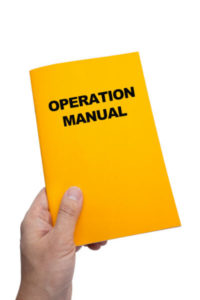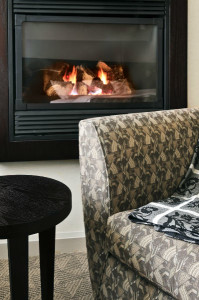Build the Best Fire
Once you have a chimney and fireplace installed, it seems lighting the fire should be the easy part. Cave men did it, but there is definitely a learning curve involved, and many factors come to play that can make it extremely difficult to build the best fire.
 The Most Efficient Fire
The Most Efficient Fire
If you depend upon a fireplace, stove, or appliance to heat or supplement heat to your home, you want the fire to start almost as easily as flipping a switch. This convenience is only possible in gas appliances, so if you depend on wood heat, you should learn to build and start the best fire possible.
Most of us learned to build a fire from small to big—kindling on the bottom, logs on the top. While this works fine, there is a better way!
The top-down burn is basically a fire built upside-down, with the logs on bottom, and kindling on top. This allows for the flame and cinders to fall as they burn, igniting the rest of the fuel. Once you have mastered the top-down burn you will better be able to light a fire in a cold fireplace/chimney. You will also be able to start the fire quickly, and with less kindling.
The kind of fire you decide to build is only the start.
Consider these tips to help you build your best fire:
- Proper fuel
You should only burn properly seasoned wood in your wood fireplace or stove. Using wood that is seasoned raises the efficiency of your fire and chimney system. Using the proper wood also cuts down on smoke issues, creosote buildup, air pollution, and fire risk. - Never use starter fuel
Starter fuels like kerosene, gasoline, and lighter fluid are dangerous and should NEVER be used to ignite your fireplace fire. Use of these fuels can be unpredictable and can cause injury, fire, and death. - Use the system
The chimney system is made up of many parts that work together. The damper, for instance, can assist while you light the fire, allowing oxygen to flow through the system. Making sure that these parts work properly is important to building the best fire. - Choose proper kindling
When choosing kindling for your best fire you should avoid using light branches with pine needles or leaves to light your fire. Not only do they create thick smoke, but they’re also very light, so they often rise up the chimney while ignited. When debris rises up the chimney flame, the creosote in the flue can easily ignite. - Remember to schedule routine maintenance
It’s important for homeowners to keep up with routine maintenance in order to build the best fire. It doesn’t matter how well you are at building a top-down burn if your chimney system is damaged. Your fire will lose efficiency, and flue fire risk will increase.
The Chimney Safety Institute of America (CSIA) recommends annual chimney inspections and regular chimney sweeps. These service appointments are the best safety measures you can take for your chimney system. Schedule today, and get it done before the holidays.
Call Chief Chimney Services today at 631-863-2460 or schedule an appointment online for your convenience.








